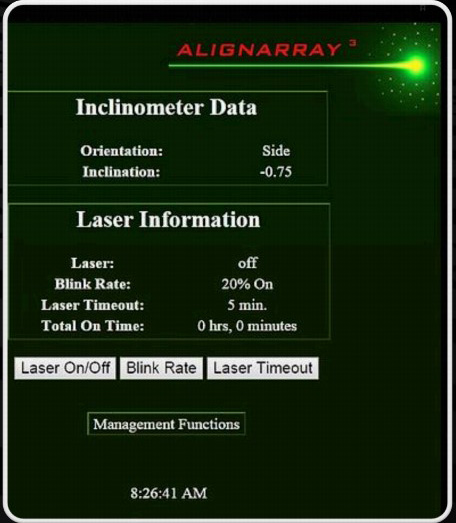Discovering that one is still a citizen of the Nerdshire, even as an adult, can be traumatic for many. Sure, we were all aware of the telltale signs as young proto-humans; unscrewing the plastic chest off a GI Joe to prove his voice wasn’t really an enslaved micro-elf (as my sister solemnly told me), or the hand-wringing we all experienced over the calibration process for the hydraulic doors on “Deep Space 9” (and the galactic consequences if they weren’t tuned to alien physiology) – all the way to the later discovery that the mercury from a broken rectal thermometer is a neurotoxin and not, as one would think, a super-clever example of mitosis suitable for interactive public display at the St. Penelope’s school science fair.
These early wonk behaviors were prayed to be stages we would grow out of by parents desperately fearful that we would be the people who get beaten up in high school. As we aged, we mostly conformed and dutifully suppressed our inner dorks… primarily so we would be allowed to participate in the newly discovered adult mating rituals.
That is until years later, one day we woke up to find that we had somehow wheedled our way into the magic garden of… live production. What started out as a hobby had turned into a paying place where we could proudly high-five our access to the low hanging fruit of the managed switch or luxuriate unbothered in the absolutely bewitching appeal of the ineffable VPN. No… our inner children became our outer adults and here in the iso-kibbutz of live sound, it was finally hip to use a square.
A Lynchpin
Written and verbal coding like the above drivel is important for me to establish that I’m at least mildly qualified to poke at a piece of gear and publicly review it as fit, or well… garbage. Let’s face it though, many reviewers rarely trash anything, lest the trash-er be forever banned from receiving cool gear from any other trash-ee. It’s kind of why I limit my reviews of stuff. I’ve always pimped my brain, not my reputation. Well that and I hate typing out specifications that are readily available two clicks away from your browser’s splash page.
OK… coding complete. Let’s talk about something that turns out to be a lynchpin of modern live sound society: the often-overlooked digital inclinometer with built in aiming laser. Perhaps you should take a minute now that the target of our conversation is revealed and you (like me) probably took a beating in high school for the depth of your nerd-hood on the topic of cool tools and this may dredge up some painful memories. Take as much time as you need.
Long enough.
Have you ever experienced the old trope of “you don’t miss something until its gone”? Not, like coffee creamer or your significant other – I mean something that punches a hole in your plans without any prior warning. As far as devices able to do this, the inclinometer is definitely that thing. I discovered the truth of this in the most terrifying way; I’d woken up early on the first stop of a short tour, measured the room before any rigger even touched chalk, then carefully modeled the space asymmetrically because it was the right, (not easy) thing to do.
I then retired to catering and prepared my kicky, creative, and super-intuitive design for that day’s loudspeaker deployment. I obsessed over every sight and inter-element angle, and tweaked each array’s azimuth until I was sure joy would be spread throughout the entirety of the space (+/- 3 dB).
As I emailed the design off to the PA techs who were tee’d up and ready to deploy, I casually mentioned in the notes that the vertical site angle on the mains was critical and to please let me know if there were any issues with achieving it. The response was casual, but devastating. We don’t use them. We eyeball it.
Eye…ball.
Yeah man…cowboy it. It’ll be great don’t worry about it. We’ll get close.
No, none of those things are real words.
I knew from back in my pre-historic days that two tape measures and a little bit of high school trig would get me the answer, but there were six clusters in the design and 10 more shows to do on this run. If I added up the time to show all of the PA techs the method, then multiplied that by the number of clusters, while accounting for the learning curve…the answer would wind up being “waiting on audio,” the most dreaded words any audio crew chief can hear broadcast on the All-Call channel.















